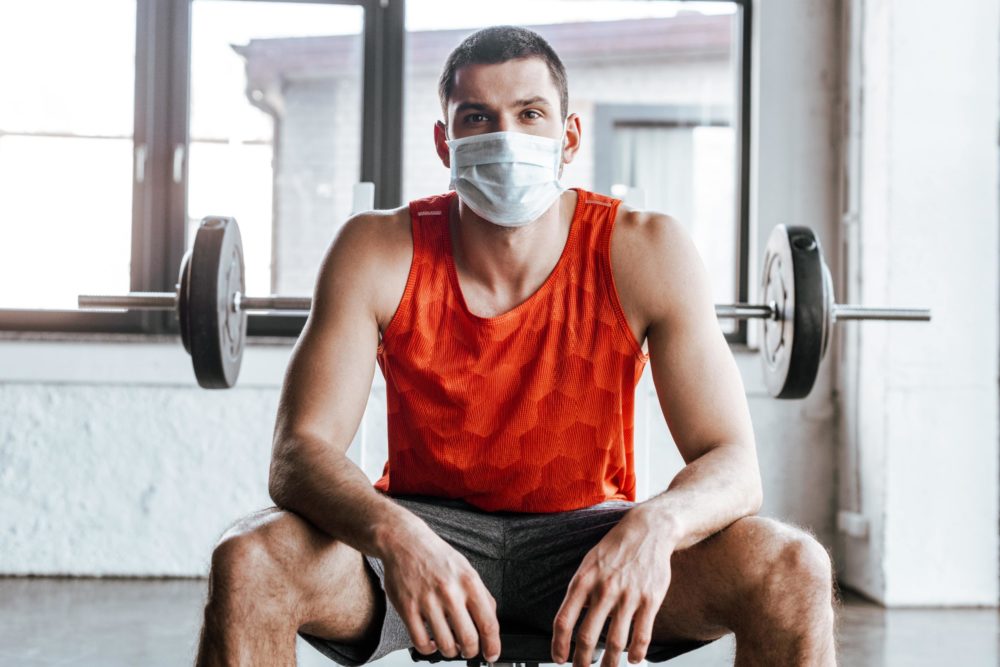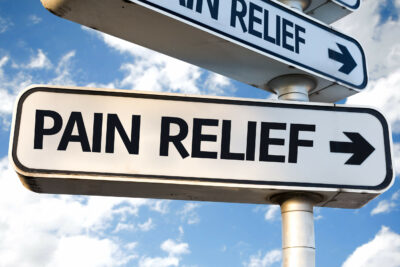Mask Safety Tips for Exercise During the Coronavirus Pandemic

2020 has been a year full of surprises, especially when it comes to the novel coronavirus. We are in the midst of an unprecedented situation that the country has never experienced due to the COVID-19, or coronavirus, pandemic. In an effort to help slow the spread of this virus, Texas governor Greg Abbott has mandated face masks in most counties. This means that when you come into Direct Orthopedic Care for an appointment, masks are required, even if you’re coming in for physical therapy.
The purpose of facial coverings is to help block respiratory droplets from being sprayed into the air when a person coughs, sneezes, breathes, or talks. This is especially important when exercising around others. Not only will you encounter situations in which you need to wear a mask while being active here at DOC, but you may also during team sports, gym workouts, and other activities.
Most people can perform activities, including strenuous exercise, while wearing face coverings to help prevent the spread of coronavirus, including students returning to sports. However, it’s important to follow safety tips while wearing a mask during physical activity as more studies determine that community-wide wearing of facial coverings help control coronavirus and mask mandates increase.
Here are some safety tips to help you and your family stay healthy while wearing a mask during a workout.
- Practice wearing your mask regularly without exertion. You can also practice with light activity in advance of return to play. If a facial covering restricts your breathing before strenuous activity, then you will likely not be able to wear it during exercise.
- Set reasonable expectations for yourself, and don’t try to jump right in at the same level you were without the mask, especially if you took some time off and reduced activity level since the pandemic began. Consider a Kinetisense evaluation prior to resuming a sports regimen.
- Take breaks when you need to. Listen to your body, and don’t try to force yourself if you aren’t feeling 100%. Put your health and wellbeing first.
- When exercising for long periods of time, change your facial covering every four hours to help ensure the mask is filtering properly.
- Monitor how you feel during your workout. Take a break or reduce exercise intensity if you feel dizzy, lightheaded, or short of breath until symptoms cease.
- If you remain short of breath, remove your face covering to allow for better air flow into the lungs. If you are able to, move to a safe place before removing your mask.
- Symptoms you experience from wearing a mask may reflect a number of health conditions, including overexertion (especially if you haven’t been working out at your usual intensity level), dehydration, low blood pressure, low blood glucose, heart arrhythmia, or lack of oxygen. These conditions may be exacerbated if wearing a mask affects your breathing. Consult with your doctor about the safest way for you to work out while wearing a mask.
What to Wear: For those who don’t have symptoms of the virus, cloth masks that cover the nose and mouth are an excellent choice for athletes that require repeated use of a mask. Choose a cotton three-layer mask when possible to help prevent the spread of coronavirus. Surgical masks with three layers of protection may also be worn. HEPA masks such as N95 may be appropriate, and they are the most effective for preventing COVID-19 transmission. However, they should be reserved for essential health care workers. Additionally, many find that they are quite uncomfortable, particularly during exercise.
What Not to Wear: Neck gaiters, though normally a great option for exercise enthusiasts, are not a good choice for athletes as a mask substitution. Neck gaiters keep the face and neck warm by design. However, it’s important to dissipate heat from the body to allow it to cool down during exercise, so avoid overheating.
Facial coverings are the new norm, but protecting our community has always been a priority.
Since COVID-19 is highly infectious even when you are asymptomatic, it’s important to always wear your mask safely around others to help prevent or slow the spread. Thank you for doing your part to help protect your loved ones and your community as we get used to this “new normal.” For questions or concerns on mask safety or our policy on facial coverings, please call us at 855-898-2655.




